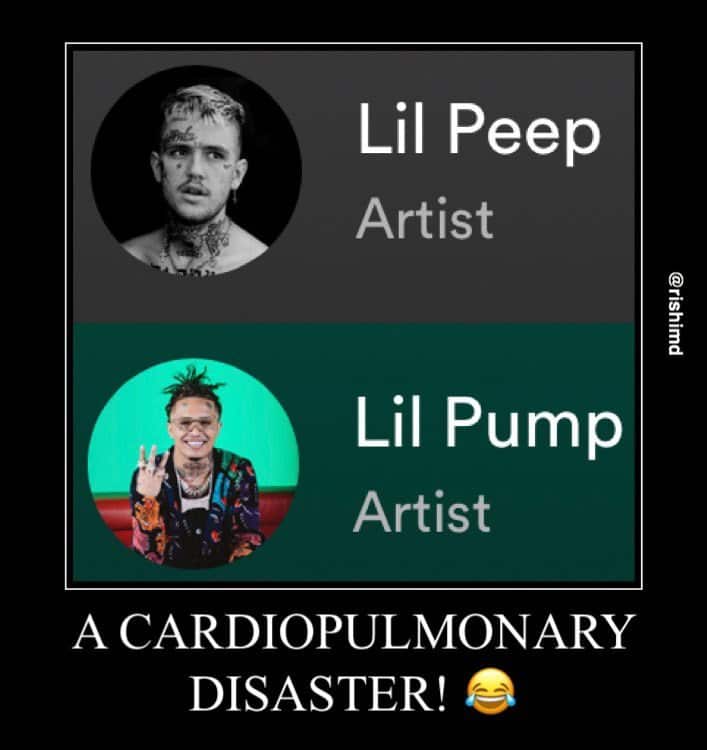One of the cardiopulmonary challenges I constantly face as a cardiothoracic anesthesiologist and intensivist is balancing positive end-expiratory pressure (PEEP) with cardiac output (CO). CO is related to the heart rate (HR) and stroke volume (SV), the latter of which is related to preload, afterload, ventricular compliance, and contractility. Although PEEP mitigates trauma related to repeated alveolar collapse and expansion and maintains some semblance of a functional residual capacity (FRC) in the context of inflammatory infiltration with infection/edema/etc, it can also affect SV by increasing lung volumes and changing intrathoracic pressure.
There is a great deal of conflicting understanding of how PEEP affects CO. Although the increase in intrathoracic pressure may “squish” the right atrium (RA) decreasing the venous driving pressure of blood back to the heart (decreased preload), one must understand the role of venous compliance, pericardial transmission of pressure, baseline volume status, etc.
In general, since the ventricles are in series, the left ventricle (LV) can only send out what the right ventricle (RV) sends it. Therefore, factors that affect RV output (venous return, changes in hypoxic pulmonary vasoconstriction, RV contractility) coupled with the principles of ventricular interdependence dictate to what extent PEEP will affect CO.
Keep in mind that every patient/clinical situation is DIFFERENT. I use serial physical exams, invasive pressures, bedside ultrasonography, labs, ventilator adjustments, and maneuvers to determine how to guide therapy.






